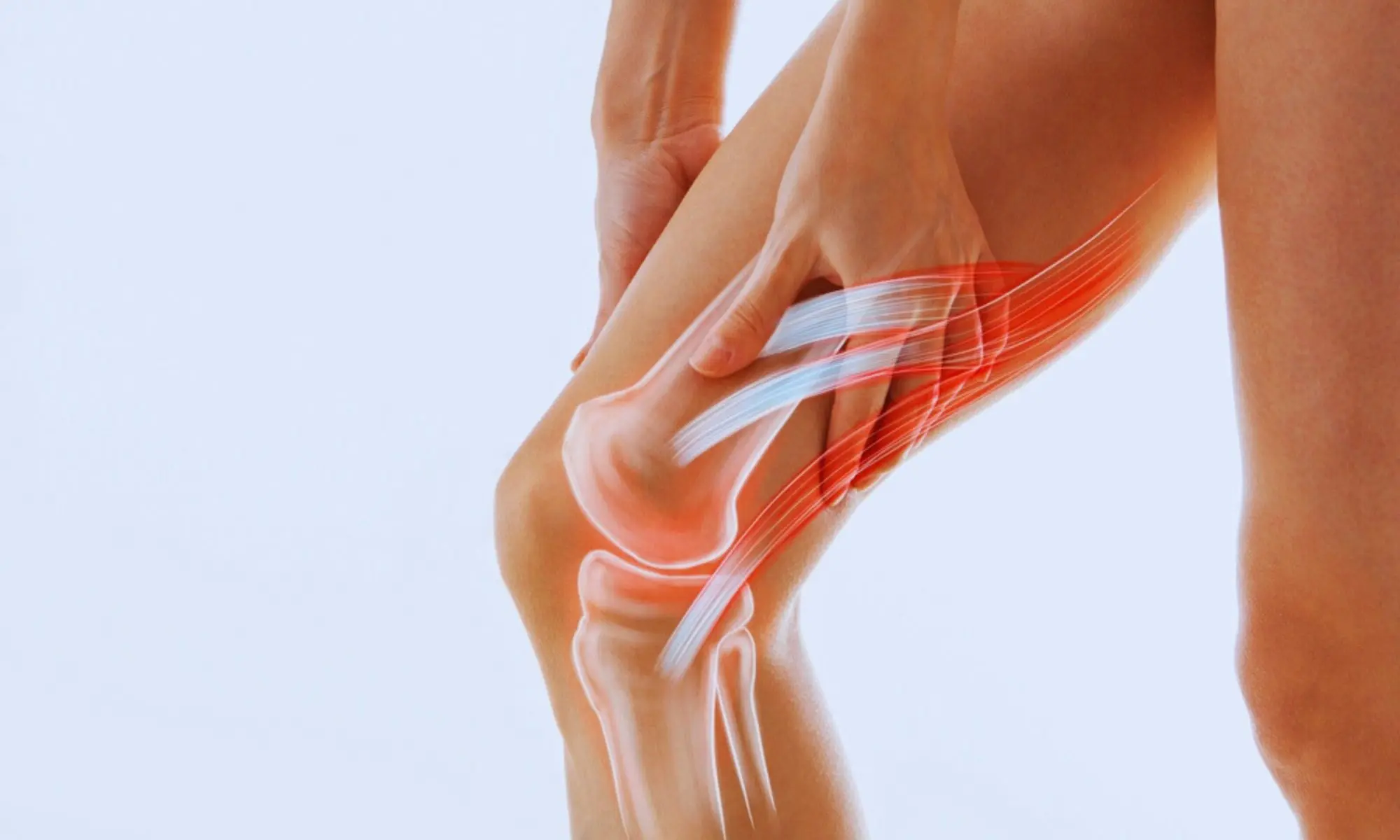Living with menopause brings various changes to your body, and joint pain is one of the most common yet less discussed symptoms. Let’s explore what this pain feels like, why it happens, and how to find relief.
Menopause joint pain typically presents as a deep, aching sensation that can range from mild discomfort to intense soreness. Women often describe it as feeling similar to arthritis, with stiffness particularly noticeable in the morning or after sitting for long periods. The pain commonly affects multiple joints symmetrically, meaning both knees or both hands might hurt simultaneously.
Many women experience a combination of sensations: a dull, persistent ache, occasional sharp twinges during movement, and a general feeling of stiffness or “rustiness” in their joints. This discomfort may be accompanied by mild swelling and increased sensitivity to touch.
Common Sensations and Experiences
Morning Stiffness
- Difficulty getting out of bed
- Feeling like your joints are “rusty”
- Takes longer to get moving
- Usually improves after 30 minutes of activity
Types of Pain
- Aching similar to arthritis
- Stiffness in fingers and wrists
- Soreness in knees and hips
- Burning sensation in joints
- Sharp pains during movement
- Tender joints to touch
Most Affected Areas
- Knees
- Hips
- Lower back
- Shoulders
- Neck
- Fingers and wrists
- Ankles
How to Identify Menopausal Joint Pain?
Key Characteristics
- Pain tends to be symmetrical (affects both sides)
- Often worse in the morning
- May improve with movement
- Can fluctuate with hormone levels
- Typically affects multiple joints
Distinguishing Features
- No visible swelling (unlike arthritis)
- Pain may shift between joints
- Often accompanied by other menopause symptoms
- May worsen during perimenopause
Menopause Joint Pain: Causes & Treatment Options

Why It Happens
Hormonal Changes
- Decreased estrogen production
- Reduced collagen formation
- Changes in joint lubrication
- Increased inflammation
Contributing Factors
- Age-related wear and tear
- Previous injuries
- Family history
- Weight changes
- Lifestyle factors
Treatment Approaches
Medical Treatments
Hormone Replacement Therapy (HRT)
- Helps balance estrogen levels
- May reduce joint pain
- Requires medical supervision
- Not suitable for everyone
Pain Management
- Over-the-counter pain relievers
- Anti-inflammatory medications
- Topical creams and gels
- Prescription medications when needed
Natural Remedies
Supplements
- Glucosamine
- Chondroitin
- Omega-3 fatty acids
- Vitamin D
- Calcium
Lifestyle Changes
- Regular exercise
- Weight management
- Proper nutrition
- Adequate sleep
- Stress reduction
Daily Management Strategies
Exercise Recommendations
Low-Impact Activities
- Swimming
- Walking
- Yoga
- Tai Chi
- Gentle stretching
Strength Training
- Lightweights
- Resistance bands
- Bodyweight exercises
- Focus on proper form
Dietary Adjustments
Anti-Inflammatory Foods
- Leafy greens
- Fatty fish
- Berries
- Nuts and seeds
- Olive oil
Foods to Limit
- Processed foods
- Excess sugar
- Red meat
- Alcohol
- Caffeine
When to Seek Medical Help
Red Flags
- Severe pain that doesn’t improve
- Significant swelling
- Redness around joints
- Limited range of motion
- Pain that disrupts sleep
- Sudden or severe symptoms
What to Tell Your Doctor
- When symptoms started
- Pain patterns and intensity
- Other menopause symptoms
- Current medications
- Family history
- Impact on daily activities
Coping Strategies for Daily Life
At Home
- Use heating pads or ice packs
- Modify activities as needed
- Create an ergonomic workspace
- Use assistive devices when necessary
- Practice good posture
At Work
- Take regular breaks
- Use ergonomic equipment
- Stretch throughout the day
- Maintain good posture
- Communicate needs with the employer
Looking Ahead: Long-term Management
Building Resilience
- Develop a support network
- Join support groups
- Stay informed about treatment options
- Maintain a positive outlook
- Focus on overall health
Prevention Strategies
- Maintain healthy weight
- Stay active regularly
- Practice good posture
- Get adequate rest
- Manage stress levels
The Bottom Line
Menopausal joint pain, while challenging, is a manageable condition that affects many women. Understanding what it feels like and knowing your treatment options is crucial for maintaining quality of life during this transition. Remember that symptoms can vary greatly between individuals, and what works for one person may not work for another.
Don’t hesitate to work with healthcare providers to find the right combination of treatments for your specific situation. With proper management and lifestyle adjustments, many women successfully navigate this aspect of menopause while maintaining an active and fulfilling life.
Remember: Listen to your body, be patient with yourself during this transition, and stay committed to finding the strategies that work best for you.